Are you an avid runner, looking to enhance your running experience? Whether you’re a beginner or a seasoned athlete, choosing the right pair of running shoes is crucial to ensure a comfortable and injury-free workout. One popular option that you might have come across is stability running shoes. In this article, we’ll dive deep into what stability running shoes are, why they matter, and how they can benefit your running routine.
What Are Stability Running Shoes?

Stability running shoes are like the trusted co-pilots of your running journey. Imagine them as the zen masters of footwear, helping you find your balance and stride harmony on the track. These shoes are designed with a special focus on providing support and alignment for your feet, particularly if you happen to be a bit of an overpronator.
Now, let’s break it down. Overpronation is when your foot tends to roll excessively inward as you run. It’s like your foot is doing the tango but forgetting the steps. That’s where stability shoes swoop in like heroes. They feature smart engineering, like a firmer section of foam on the inside of the shoe (called the “medial post”) that acts as a gentle reminder to your foot – “Hey, let’s keep things balanced.”
Think of stability shoes as your running coach, ensuring you maintain a neutral foot position and helping prevent potential discomfort or injuries that could arise from overpronation. They’re like the seasoned guides that keep you on the path to a smooth, efficient stride.
These shoes also tend to have a bit more arch support, catering to those lovely arches that might need a little extra TLC. The midsole – that cushy layer between your foot and the ground – often boasts a strategic blend of softer and firmer foams, creating a harmonious yin-yang of cushioning and stability.
Understanding Running Shoe Categories
Running shoes are categorized into various types, each tailored to different needs. These categories include neutral, stability, motion control, and minimalist shoes. Stability running shoes, as the name suggests, focus on providing stability and support during your runs.
The Science Behind Stability Shoes
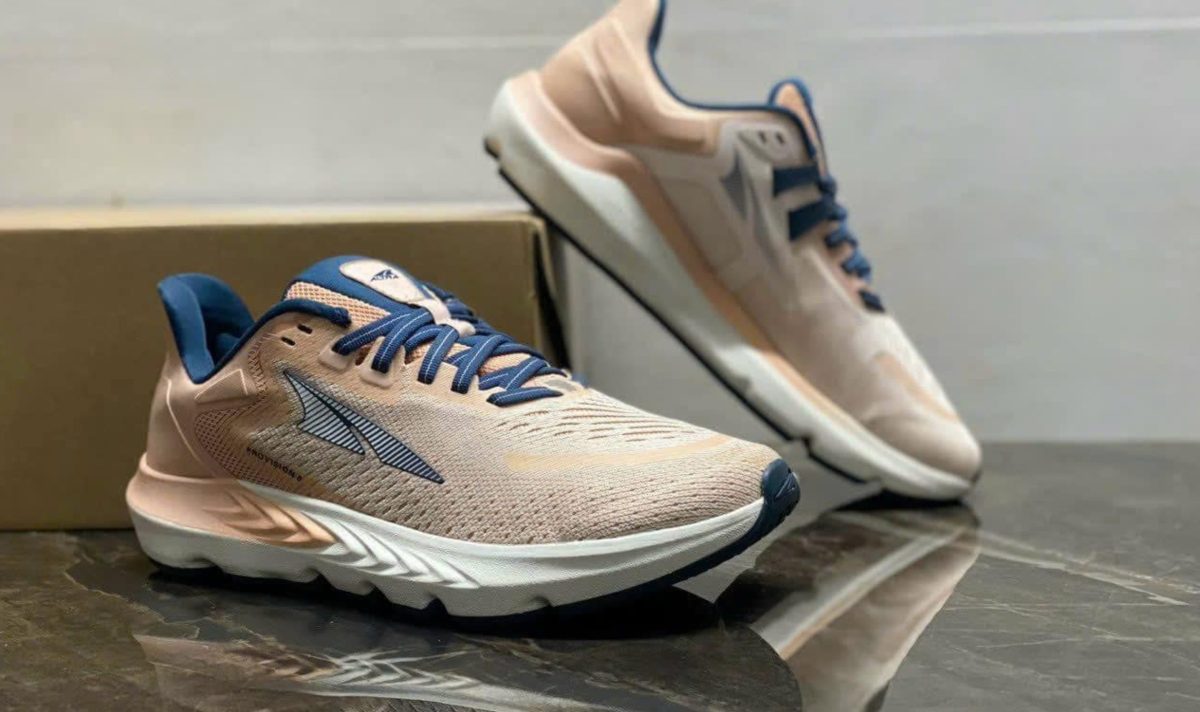
Stability running shoes are engineered with advanced biomechanical features that help address overpronation – a common issue where the foot rolls inward excessively. These shoes often feature a denser material on the inner side of the midsole, offering a support system that helps align the foot properly.
So, what’s the secret behind their magical stability prowess? It’s all about the marvelous marriage of form and function. Imagine a marriage where one partner is the arch support, and the other is the midsole. Together, they create a symphony of stability that keeps your foot from overpronating or rolling too far inward, saving you from potential discomfort or even injury.
Anatomy of running shoes. Now, let’s talk midsole materials. EVA (ethylene-vinyl acetate) foam takes center stage here. It’s like the Goldilocks of materials – not too soft, not too firm, but just right. This cushioning marvel absorbs shock while offering gentle guidance to your foot, helping you maintain your natural gait without skipping a beat.

But the real pièce de résistance is the medial post. Think of it as the shoe’s internal traffic cop. It’s usually made of a denser foam or even a thermoplastic material, strategically placed on the inner edge of the midsole. This nifty addition curbs excessive rolling, giving your foot a subtle nudge back into line. It’s like having a personal stability coach cheering you on with each step.
Key Features of Stability Running Shoes

Now, first things first – pronation. Imagine your foot is the star of its own Broadway show, and pronation is the choreography. Some feet tend to overpronate, rolling a bit too dramatically inward during each stride. Stability shoes are like the directors of this show, keeping that over-the-top roll in check. The magic ingredient here is the “medial post.” It’s like the shoe’s backstage manager, a slightly firmer foam wedge on the inner side of the midsole that gently nudges your foot into a more neutral position. Talk about a performance upgrade!
But wait, there’s more! Let’s talk about arch support. Think of the arch as the bridge between your heel and toes, and stability shoes are like the architectural marvels that ensure this bridge doesn’t collapse mid-marathon. They offer a bit more oomph in the arch department, catering to those feet that need a little extra love and support in this area. It’s like giving your arches their own personal cheerleaders.
This is 4 key features of stability running shoes:
- Medial Post: This is a firm insert in the midsole that reduces excessive inward rolling of the foot.
- Arch Support: Stability shoes typically have a supportive arch to prevent the foot from collapsing.
- Heel Counter: A sturdy heel counter provides extra stability and keeps your heel in a comfortable, aligned position.
- Cushioning: While stability is a focus, these shoes also offer ample cushioning for a comfortable ride.
Do You Need Stability Running Shoes?
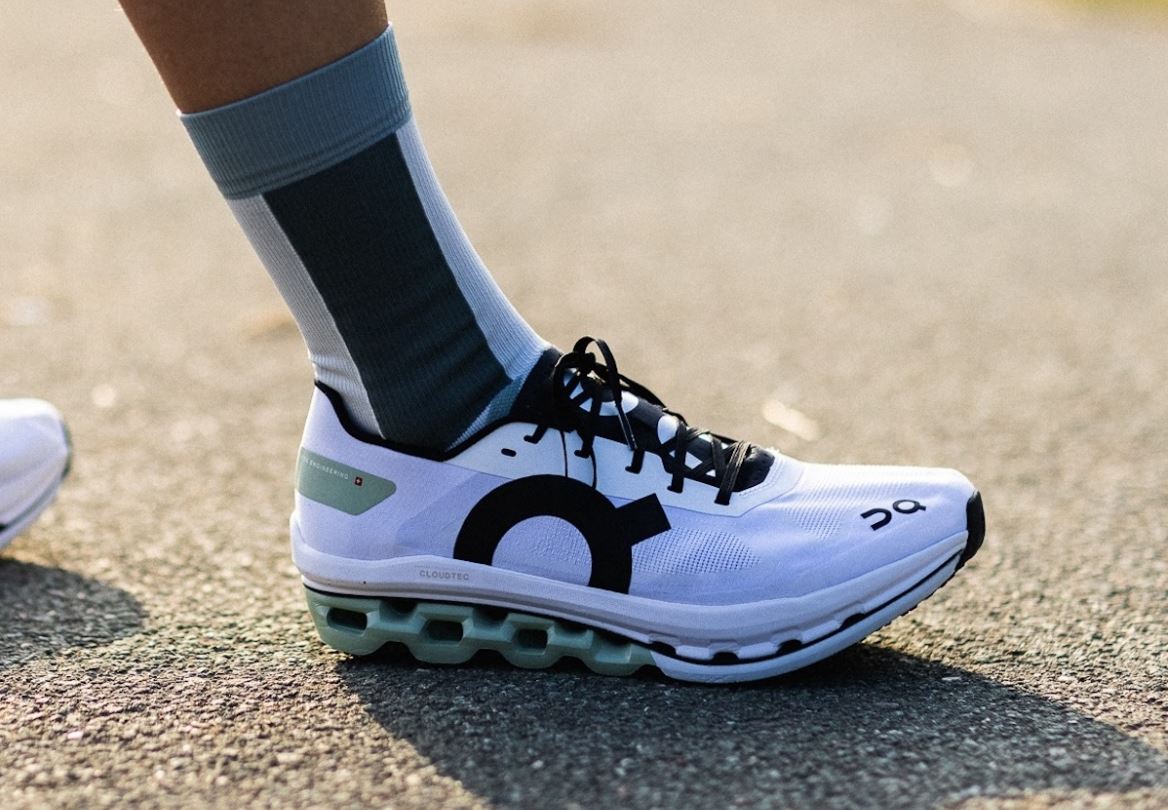
Determining whether you need stability shoes depends on your individual gait and foot structure. If you overpronate or have low arches, stability shoes might be beneficial. However, a professional fitting at a running store can provide personalized recommendations.
If you’re the kind of runner who’s had a rendezvous with overpronation, those stability shoes could be your new BFFs. You know, overpronation – that fancy term for when your foot rolls inward more than it should during your stride. It’s like your foot’s attempt at breakdancing, but trust me, the dance floor is not the road you’re running on.
Here’s where stability shoes swoop in like superheroes. They’re designed to keep that overpronation in check. Picture this: they’ve got this nifty thing called a “medial post” – it’s like a mini reinforcement on the inner side of the midsole. This bad boy puts the brakes on your foot’s overzealous rolling, bringing it back to a more neutral position. It’s like having a running coach on your feet, teaching you the art of balanced striding.
But hold on, don’t jump on the stability ship just yet. If you’re one of those lucky folks with a neutral stride – meaning your foot behaves itself and doesn’t go overboard on the rolling – then high-five! You might not need those stability shoes. Your feet are like the VIPs of the running world, naturally distributing the impact without any major drama.
Running with Confidence and Comfort

Stability running shoes empower you to run with confidence, knowing that your feet are well-supported. This confidence can lead to improved performance and a reduced risk of injuries.
Proper Fit for a Confident Stride
One of the foundational pillars of running comfortably and confidently lies in the fit of your running shoes. Ill-fitting shoes can lead to a host of issues, including blisters, hot spots, and even more serious injuries. To ensure an optimal fit, start by getting your feet professionally measured. This step may seem simple, yet it’s astonishing how often runners overlook it. A snug yet not overly tight fit around the heel and midfoot, with ample room in the toe box, prevents friction and allows your foot to expand naturally as you run. A secure fit also provides the necessary confidence to navigate diverse terrains and challenging speeds without the fear of slipping or discomfort.
Cushioning: A Plush Foundation
When envisioning the epitome of comfort while running, cushioning undoubtedly takes center stage. Modern running shoes are equipped with an array of cushioning technologies that cater to various preferences and running styles. Whether you favor a plush, cloud-like sensation or a more responsive and firm feel, the right cushioning can make your runs feel like a dream. High-quality midsole materials, such as ethylene-vinyl acetate (EVA) foam or proprietary compounds, are strategically engineered to absorb impact forces and disperse them evenly. As you confidently bound across the pavement or trails, this cushioning acts as your trusted ally, shielding your joints from the rigors of repetitive pounding and allowing you to maintain a fluid stride.
Stability and Support: Navigating with Confidence
Confidence in your running gait is closely intertwined with the stability and support provided by your shoes. Different runners have varying degrees of pronation and supination, which refer to the inward or outward rolling motion of the foot during the running gait cycle. Understanding your pronation pattern is crucial in selecting shoes with the appropriate level of stability or motion control. This tailored support minimizes the risk of excessive pronation or supination, which can lead to discomfort and potential injuries. By securing your foot in a well-structured shoe that complements your natural biomechanics, you can venture into your runs with confidence, assured that your shoes will assist in maintaining a steady and efficient stride.
Breathability and Moisture Management
Comfort isn’t limited to the physical aspects of your shoes; it extends to the microclimate within them. Running generates heat and moisture, which can be a breeding ground for discomfort and blisters if not managed effectively. Modern shoe designs incorporate breathable mesh uppers and moisture-wicking linings that facilitate proper airflow, keeping your feet cool and dry throughout your run. This attention to breathability ensures that your confidence remains unwavering, unburdened by the distraction of clammy or overheated feet.
8 Brands in Stability Running Shoes
When it comes to stability running shoes, several top-notch brands have consistently stood out for their commitment to providing runners with the support and performance they need. These brands have honed their expertise in biomechanics, engineering, and design to create stability shoes that cater to various pronation patterns and offer a secure, confident ride. Here are some of the top brands renowned for their exceptional stability running shoes:
1. Brooks
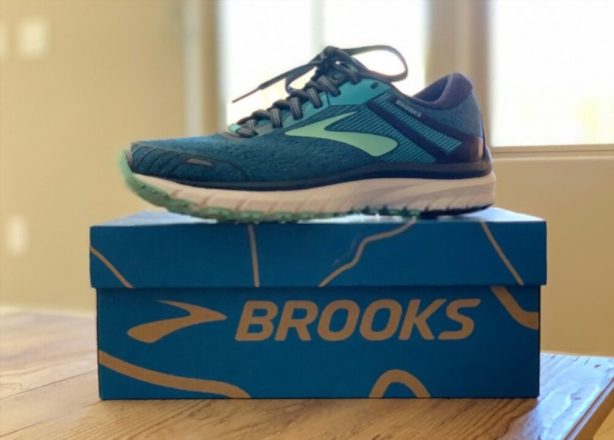
Brooks has earned a stellar reputation for producing stability running shoes that excel in both comfort and support. Their shoes often incorporate innovative technologies, such as the GuideRails system, which offers holistic support by guiding your feet into a natural alignment. Whether you’re an overpronator or seeking enhanced stability, Brooks offers a diverse range of options to suit your needs.
2. ASICS
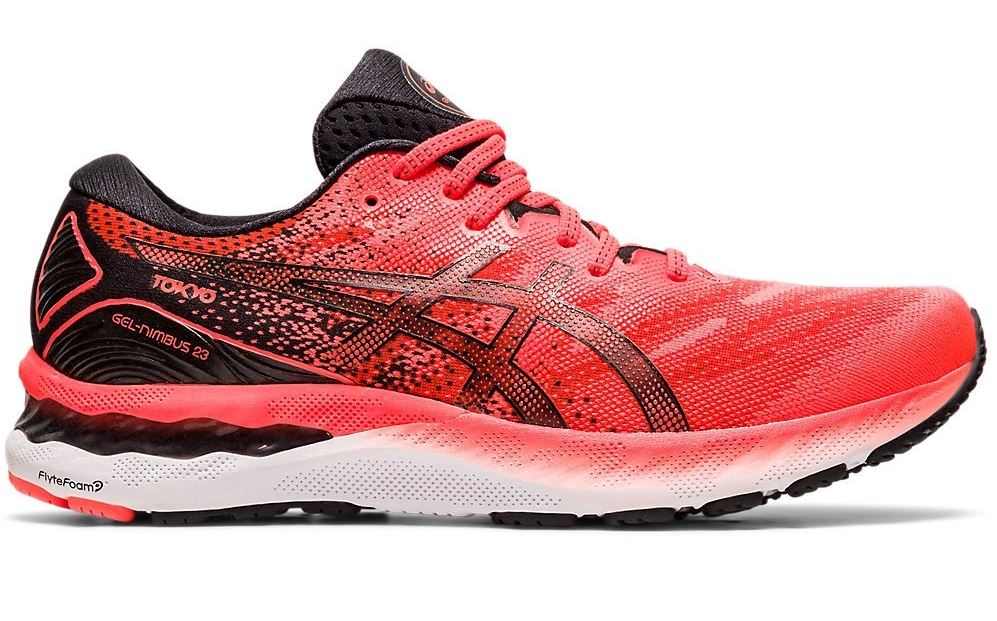
ASICS is synonymous with stability and performance. Renowned for their Gel cushioning technology, ASICS stability running shoes provide a responsive and supportive ride. Their DuoMax support system and Trusstic technology contribute to a smooth and controlled gait, making them a popular choice for runners seeking stability without compromising on comfort.
3. Saucony

Saucony has been a long-standing contender in the running shoe market, offering stability options that cater to a broad spectrum of runners. Their shoes often feature a combination of medial posts, cushioning technologies, and thoughtful design elements to deliver a secure and comfortable running experience.
4. New Balance
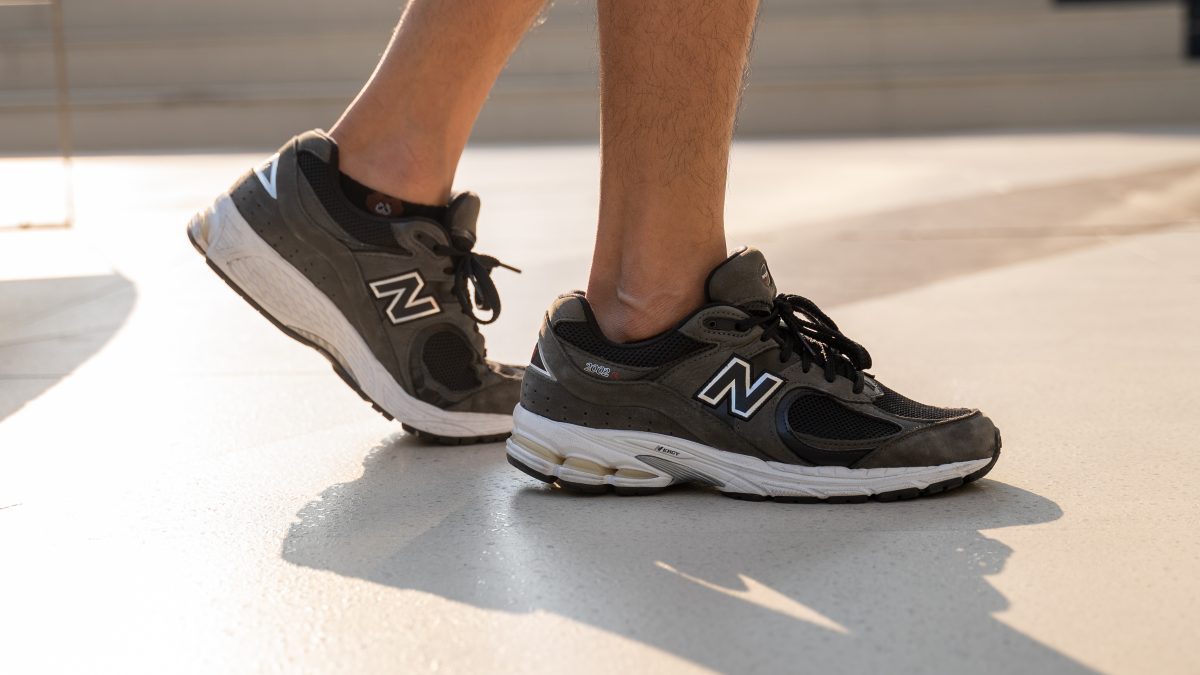
New Balance boasts a rich history of producing stability running shoes that prioritize function and performance. With features like T-Beam technology and medial posting, New Balance shoes provide reliable stability while ensuring a comfortable fit and smooth transition through the gait cycle.
5. Mizuno
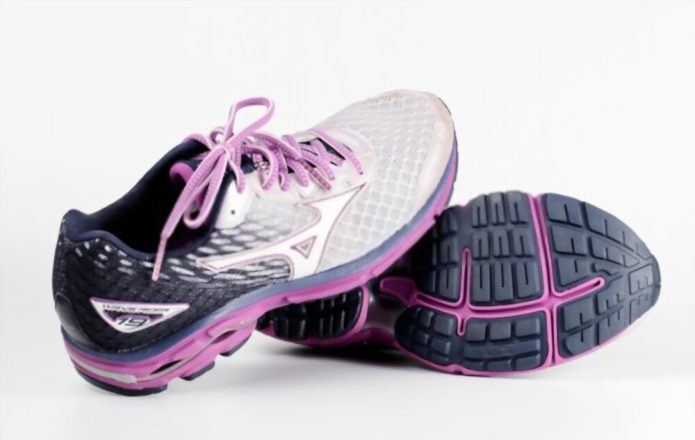
Mizuno’s Wave Plate technology is a hallmark of their stability running shoes, delivering an excellent blend of cushioning and support. Mizuno’s shoes are designed to promote a balanced stride and efficient energy transfer, making them a preferred choice for runners seeking stability on their runs.
6. Hoka One One
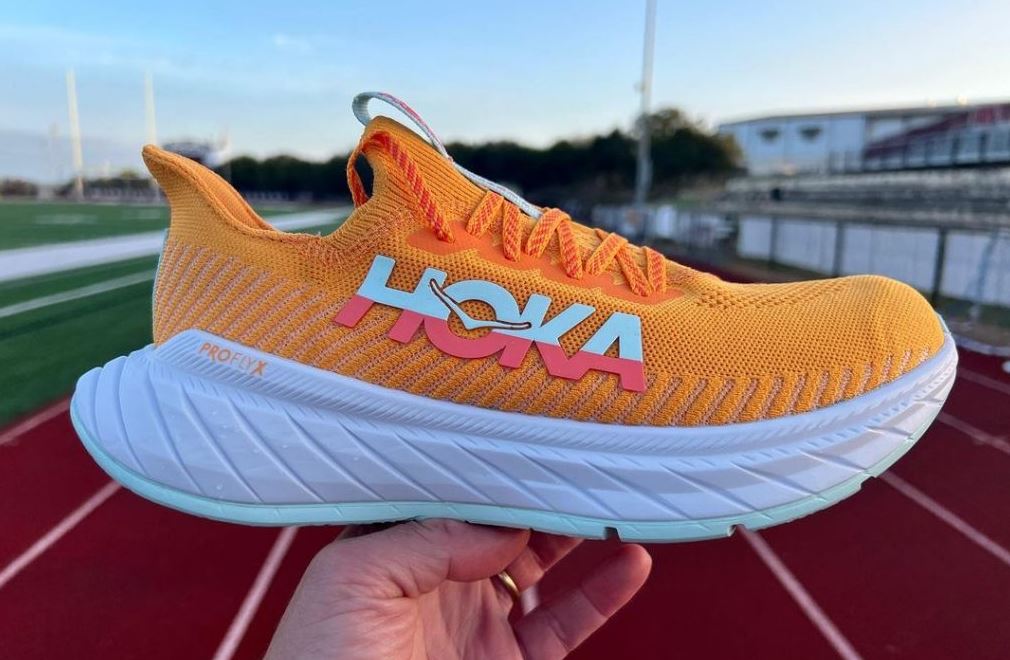
Hoka One One may be more famous for their maximalist cushioning, but they’ve also ventured into the stability arena with thoughtful designs. Their stability shoes often feature J-Frame technology, providing targeted support and guiding your foot’s natural motion.
7. Nike

Nike’s dedication to innovation extends to their stability running shoes. With features like Dynamic Support and dual-density foams, Nike stability shoes aim to address overpronation while maintaining a lightweight and responsive feel.
8. Altra
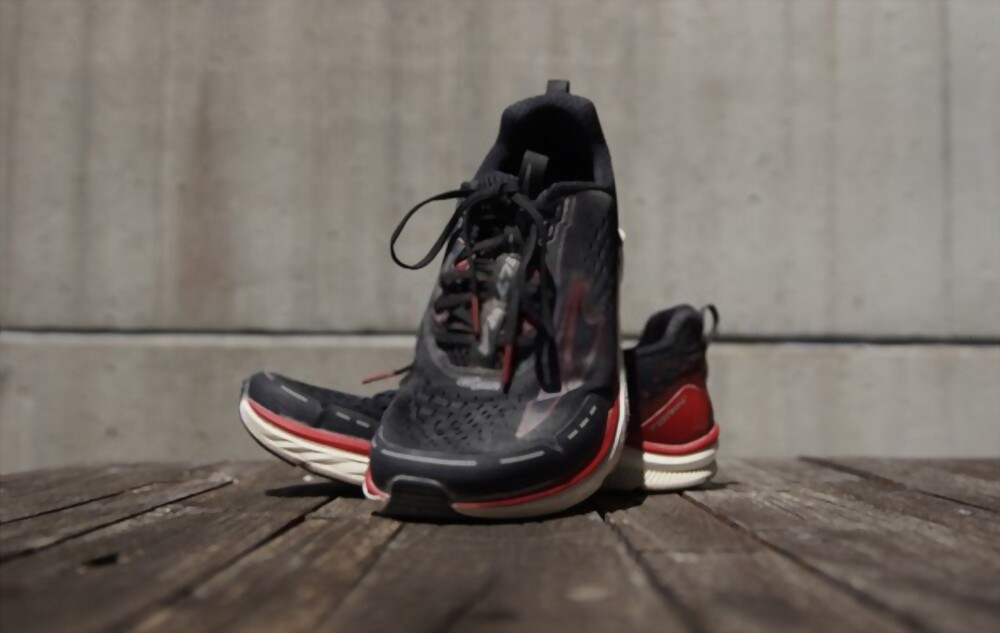
Altra’s unique FootShape toe box and Balanced Cushioning platform extend to their stability offerings, providing a stable base for runners while allowing their feet to move naturally. Altra’s approach to stability focuses on promoting proper form and biomechanics.

